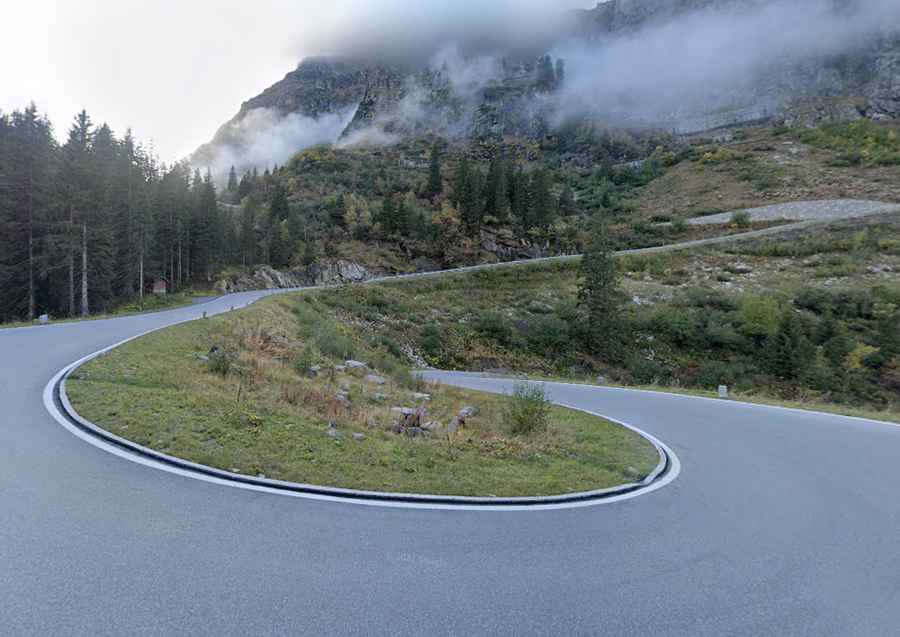Silvretta High Alpine Road is the Dream Road of the Alps
Silvretta Hochalpenstraße High Alpine Road is renowned as one of the most stunning and popular panoramic routes in the Austrian Alps, earning its title as the 'Dream road of the Alps.' Stretching 22.3 km, this winding road encompasses 34 curves, ascending to an elevation of 2.071m (6,794ft) above sea level, offering breathtaking views within a captivating natural landscape. The journey unfolds through steep turns, sharp bends, endless serpentines, and a superb panorama.

How long is the Silvretta High Alpine Road?
Situated in the Silvretta Alps, part of the Central Eastern Alps, the road spans 22.3 km (14 miles) from Partenen in Montafon (1,051m) through 34 bends to the 2,071 m-high Bielerhöhe, reaching Galtür (1,584m) in Paznauntal. Commencing in Galtür, it traverses Bielerhöhe to Vorarlberg. Originally established in 1925 from Partenen to Lake Vermunt, it saw expansion due to dam construction and now boasts 34 hairpin bends. The road attracts over 400,000 visitors annually, standing out as one of Austria's scenic Alpine roads.
Is the Silvretta High Alpine Road paved?
Silvretta High Alpine Road is fully paved and exclusively open in summer, requiring a toll for access. The toll station in Partenen, at an altitude of 1,051m/3,500ft, and in Galtur, at 584m/4,500ft, ensures a spectacular drive with a gradient of 10 - max. 12%, reduced to 5% on the hairpin bends. Notable for expansive views and alpine beauty, the drive features the towering 3,312-meter Piz Buin Peak, the highest mountain in Tirol’s Silvretta Range.
Silvretta High Alpine Road: numbers & facts

Is the Silvretta High Alpine Road open?
Open weather permitting from June to October, the road is an unparalleled route between imposing mountains. It prohibits trailers, enforces a night parking ban, and imposes a length limit of 13.8 m for tour buses. Capture stunning pictures between hairpin bends 22 and 23, and relish restaurants and walking opportunities around the lake, enhanced by a hydro-electric dam at the summit.
When was the Silvretta High Alpine Road built?
Opened to public traffic in 1954 and fully expanded to two lanes by 1961, Silvretta-Hochalpenstraße maintains a speed limit of 70 km/h throughout its length. Adhering to the speed limit is crucial for both the vast landscape's appreciation and compliance with frequent speed checks by local police. The Bielerhöhe summit unveils an awe-inspiring view of the glacier region around the famed Piz Buin mountain, making it an ideal spot for extended breaks. It also serves as a popular location for motor sport events, including classic car rallies and cycling races.